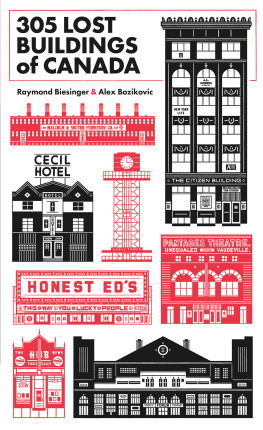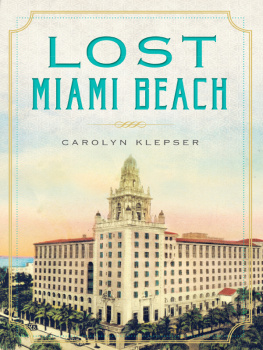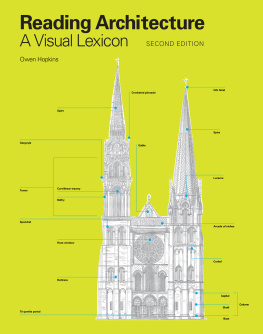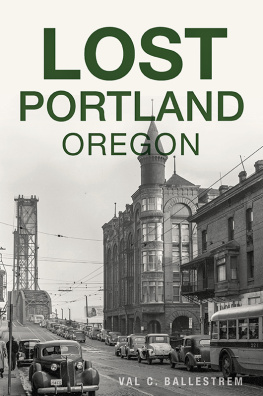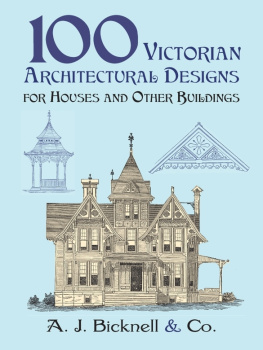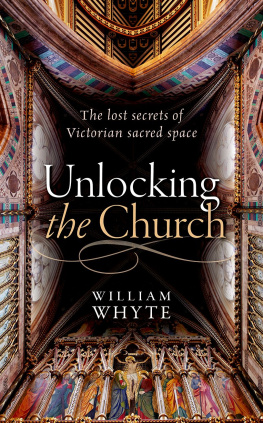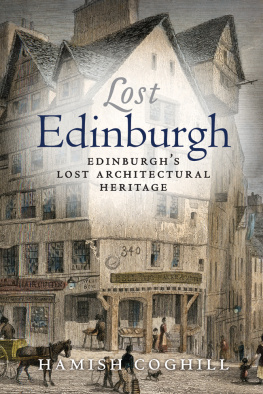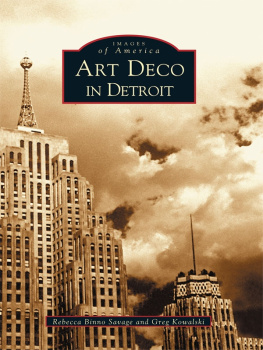Table of Contents
List of Pages
Landmarks

The buildings are as follows:
The Citizen Building, Ottawa: A tall, multistorey building with three columns of windows. Above the main entrance, a sign across the building reads The Citizen Building. The roof is flat with decorative moulding standing up along the edge.
Pantages Theatre, Vancouver: A square building with the sign Pantages Theatre. Unequaled Vaudeville on the facade at the top of the building. There are two double-door entrances on the ground floor and three large sets of windows on the second floor.
Le Forum de Montral: A multistorey, rectangular building with a flat roof and taller sections on either end. In the middle, a gable roof with a circular window and chimneys on either side. The main floor is filled with different sized windows and signs, one in the middle reads Forum.
Hub Cigar, Edmonton: A newsstand with a roof on multiple levels that becomes gradually higher as it reaches the centre. Large letters above the door say Hub while smaller signs advertise Coca Cola, news, and ticket sales. Two large glass windows flank a door.
Honest Eds, Toronto: A sign the length of the building reads Honest Eds and is boarded by a repeating $ Save. Below reads This Way You Lucky People, and there is a single row of windows on the first floor with doors on either end.
Cecil Hotel, Calgary: A three-storey building with a triangular roof featuring a large sign saying Cecil Hotel and two gables adjoining the main roof on the left and right. The building is divided into three. The middle section features a double doored entrance with signs advertising tavern and lobby above it, with further signs advertising the hotel on the upper floors.
Shell Tower, Toronto: A tower with a large clock at the top and a balcony wrapping around it. Below, a wider base and the words Shell Tower.
Malcolm & Souter Furniture Company, Hamilton: A symmetrical, rectangular building with a flat roof and seven chimneys on top. In between the upper and lower strip of windows, a large sign across over half the building reads the Malcom & Souter Furniture Co. Ltd.
305 LOST BUILDINGS of CANADA
Raymond Biesinger & Alex Bozikovic
GOOSE LANE EDITIONS
Text copyright 2022 by Alex Bozikovic.
Images copyright 2022 by Raymond Biesinger.
All rights reserved. No part of this work may be reproduced or used in any form or by any means, electronic or mechanical, including photocopying, recording, or any retrieval system, without the prior written permission of the publisher or a licence from the Canadian Copyright Licensing Agency (Access Copyright). To contact Access Copyright, visit accesscopyright.ca or call 1-800-893-5777.
Edited by Jill Ainsley.
Page design by Julie Scriver.
Cover design by Raymond Biesinger with Julie Scriver.
Cover illustrations (front cover, clockwise from top right) The Citizen Building, Ottawa; Pantages Theatre, Vancouver; Le Forum de Montral; Hub Cigar, Edmonton; Honest Eds, Toronto; Cecil Hotel, Calgary; Shell Tower, Toronto; Malcolm & Souter Furniture Company, Hamilton; (back cover, top to bottom) Birks Building, Hamilton; The Pink Poodle, St. Johns; Regent Theatre, Winnipeg.
Library and Archives Canada Cataloguing in Publication
Title: 305 lost buildings of Canada / Raymond Biesinger and Alex Bozikovic.
Other titles: Three hundred and five lost buildings of Canada
Names: Biesinger, Raymond, artist. | Bozikovic, Alex, author.
Identifiers: Canadiana (print) 20210289759 | Canadiana (ebook) 20210289791 | ISBN 9781773102368 (softcover) | ISBN 9781773102382 (EPUB)
Subjects: LCSH: Lost architectureCanadaPictorial works. | LCSH: BuildingsCanadaHistoryPictorial works. | LCSH: ArchitectureCanadaHistoryPictorial works. | LCGFT: Illustrated works.
Classification: LCC NA740.5.L67 B54 2022 | DDC 720.971/022dc23
Goose Lane Editions acknowledges the generous support of the Government of Canada, the Canada Council for the Arts, and the Government of New Brunswick.
Goose Lane Editions
500 Beaverbrook Court, Suite 330
Fredericton, New Brunswick
CANADA E3B 5X4
gooselane.com
Goose Lane Editions is located on the traditional unceded territory of the Wlastkwiyik whose ancestors along with the Mi'kmaq and Peskotomuhkati Nations signed Peace and Friendship Treaties with the British Crown in the 1700s.

For Elizabeth RB
To LM, JB, and BB AB
Contents
Introduction
In Rome, generations of buildings have been constructed on top of their forebears. Layers of history are preserved in tiers of stone. You can find such physical remnants in Canada, too, if you know where to look. In Montral, dig through the earth where the Pointe-Saint-Charles shoreline was extended with construction debris in the 1930s. In Regina, you might be able to find columns and pediment of an old Canadian Bank of Commerce building in a mall atrium. That structure started its life a century earlier on Winnipegs Main Street. The old Bank of Toronto building at King and Bay Streets is long gone, but these days pieces of its stone columns rest at the Guild Inn, an hours bike ride away.
Many more structures live on only in memory. Cities change. Buildings come and go. We all know this, and usually its something we take for granted; another beat-up house, an empty church, an obsolete office building pulled down and sent off in dumpsters.
But we lose things along the way: traces of how we used to live, and the art and craft of previous generations. The movie theatre that was the centre of neighbourhood life; the letters that passed through Kelownas unlikely art deco post office; the Cecil Hotels rambling stories about Calgarian booms and busts.
This book uncovers some of those legacies. Theyre buildings from across the country that are now gone but still have something to say. Some are famous, such as Vancouvers Pantages Theatre, and preservationists have mourned their loss. Others went down without notice.
And, in a few places destruction was greeted as a gift. These are lost buildings that held certain people Indigenous children, migrants, or young women who had given birth and inflicted terrible suffering upon them. The world of heritage often overlooks the darker themes in our collective history. We have not.
Raymond is an illustrator and history enthusiast; Alex a critic who writes about buildings new and old. Weve found stories to bring these structures to life, and studied old photographs, drawings, and records to recreate their details. Wherever possible, we have identified the architects and other designers. We have also identified what stands on the site of the building in 2021. Where no information is provided, the site is currently vacant.
Some of them are easy to love, with craftsmanship and detail that anyone could appreciate. Others speak a more subtle architectural language including modernist buildings, products of an era when everything old could be thrown out that in turn fell victim to the same logic. And in some cases, architecture itself is irrelevant. No one paid attention to the building that housed Sam the Record Man in Toronto. It was the spinning records of neon on the front that were important. They became icons of a street and a city.
These are all places that mattered. The list is not definitive or exhaustive. Most of the buildings in this book have gone down in our lifetime. Others fell before we were born, in the great culling of buildings in the middle of the twentieth century.

